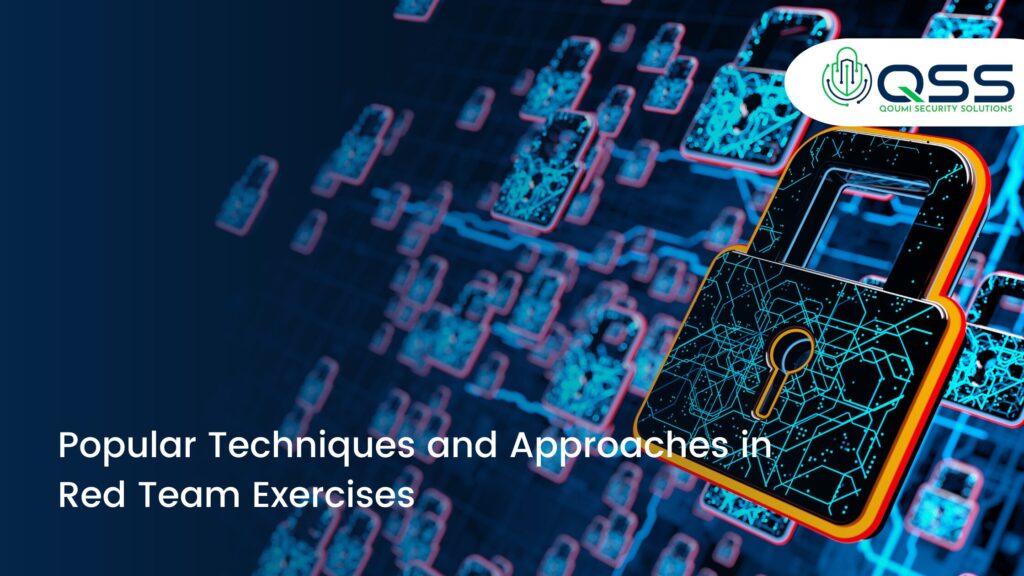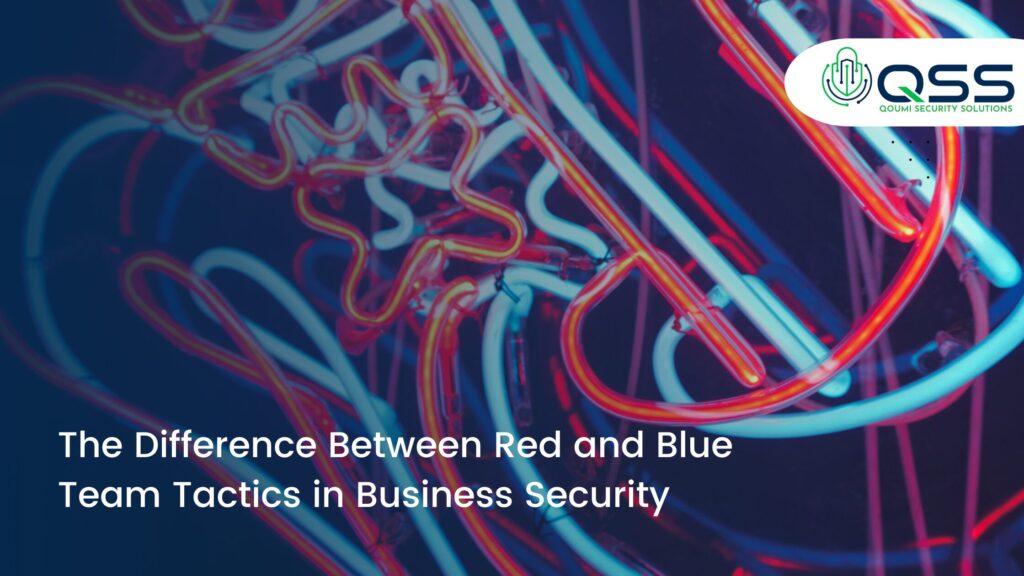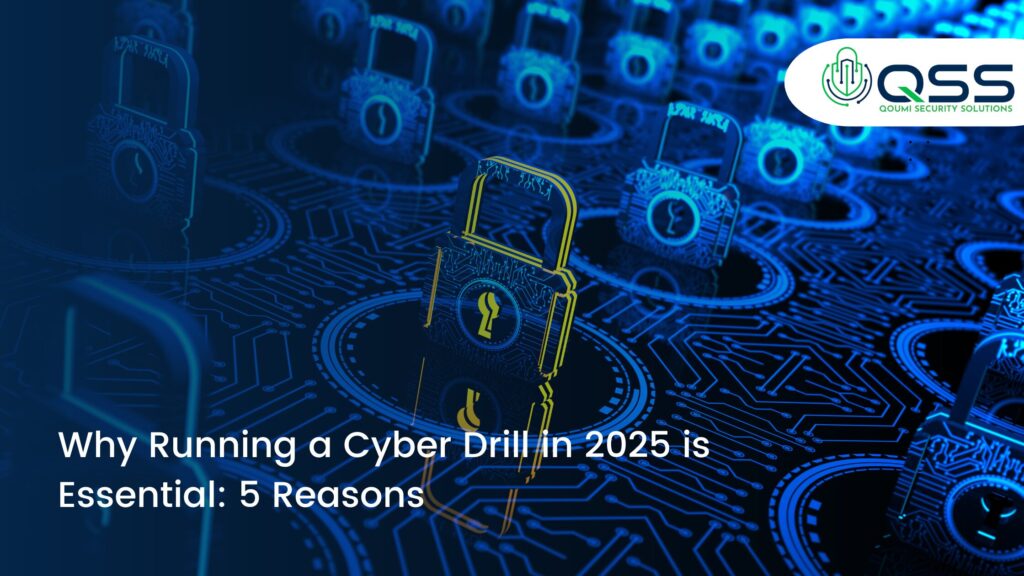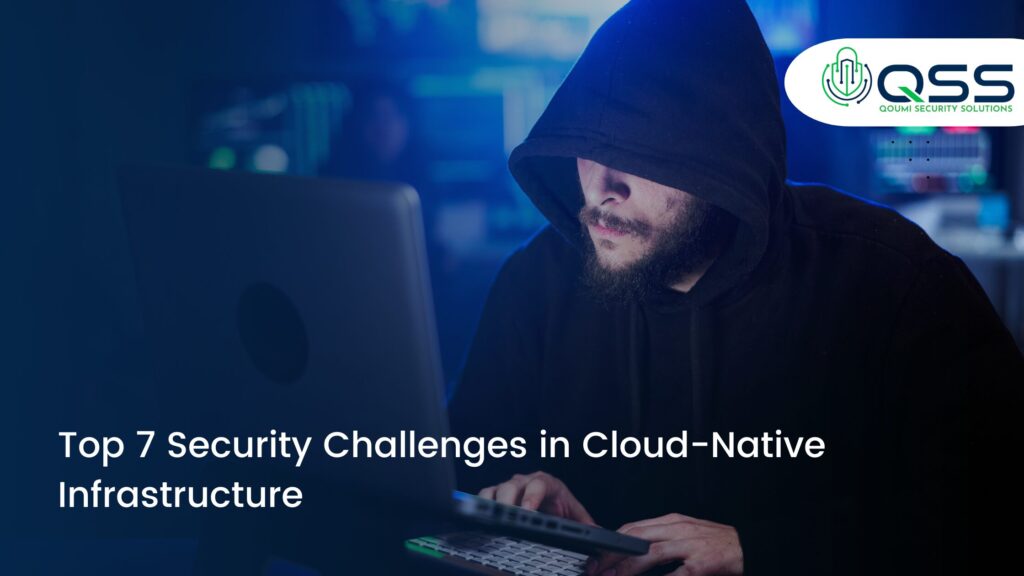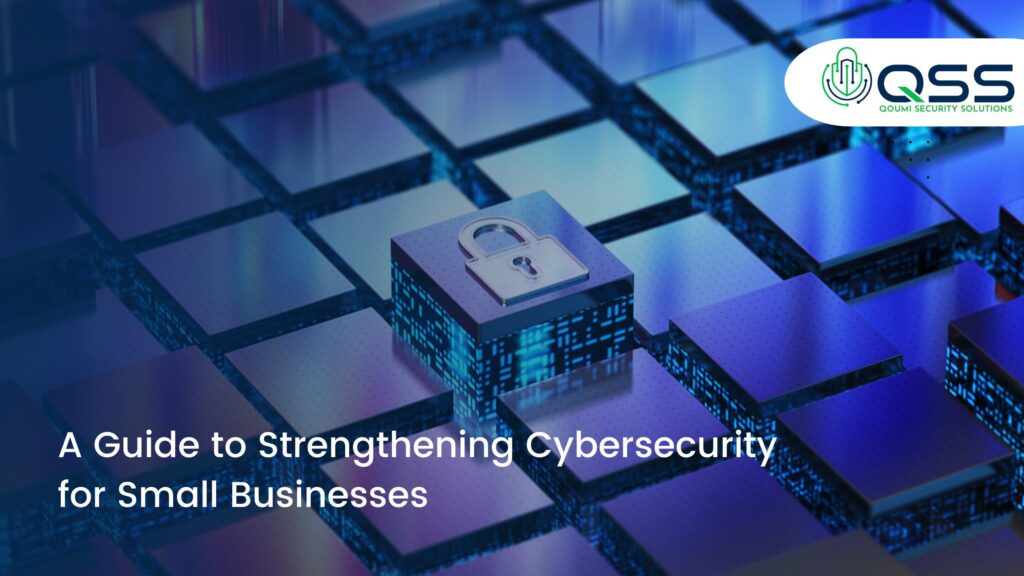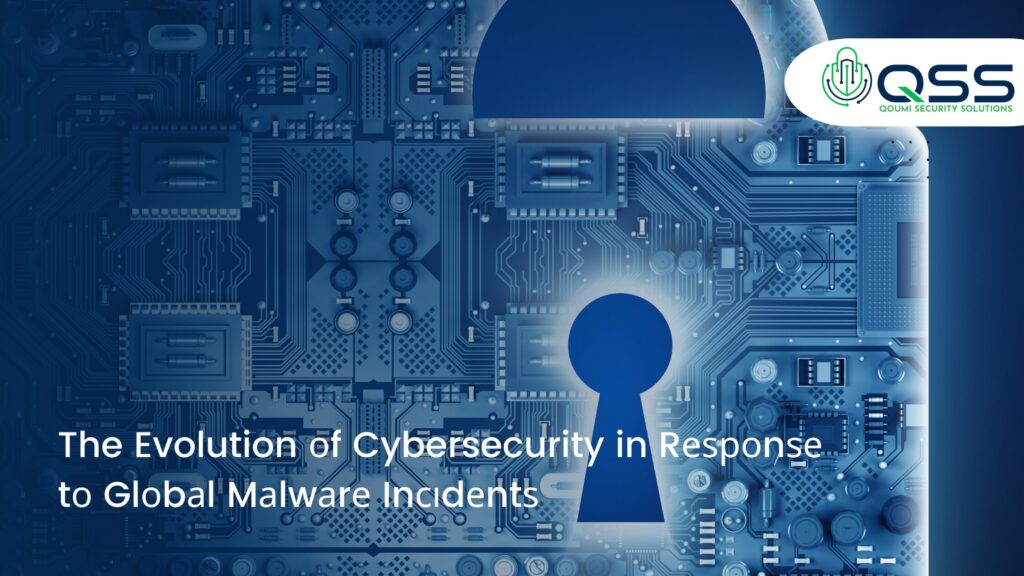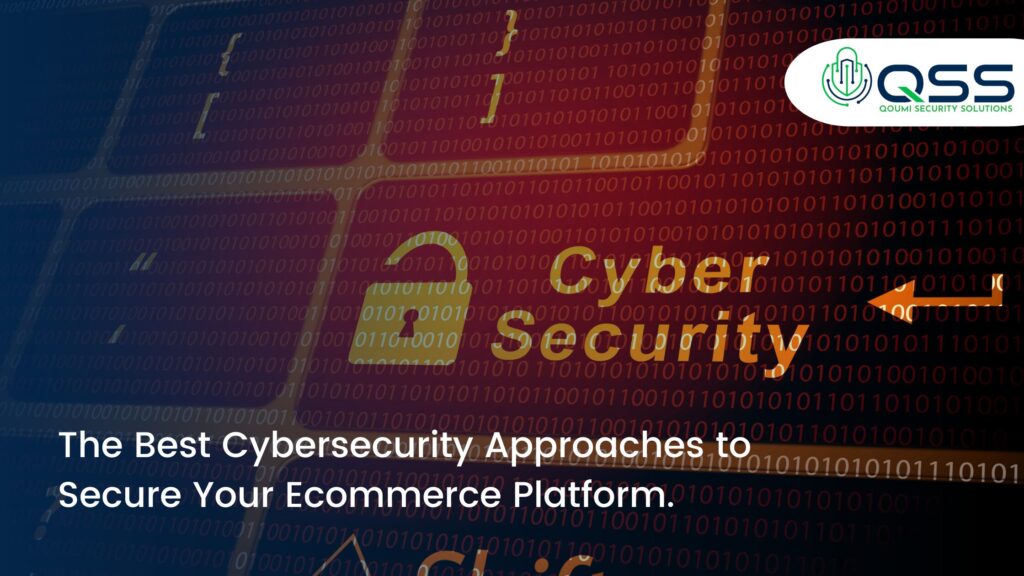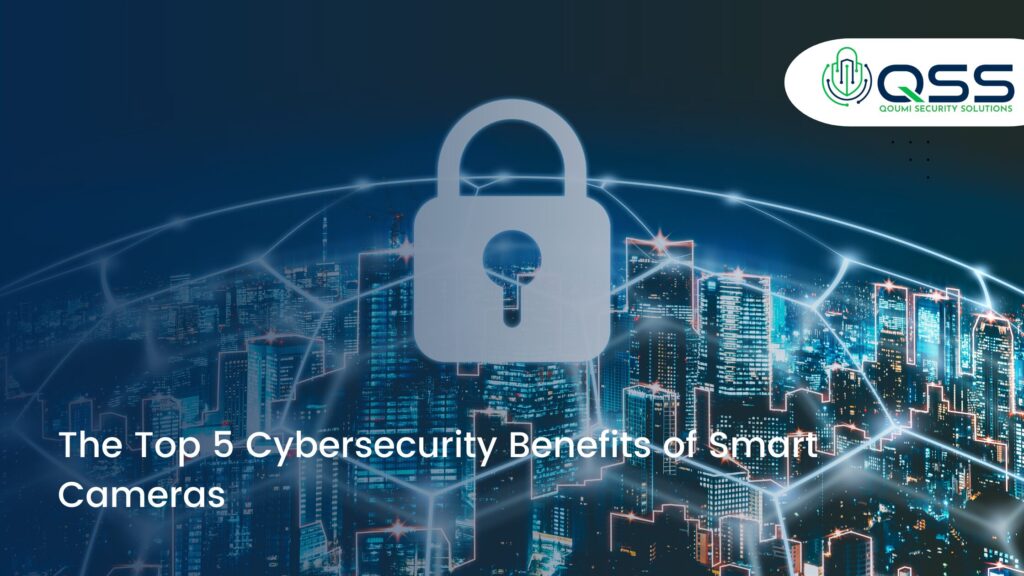Can cybersecurity jobs be replaced by AI?
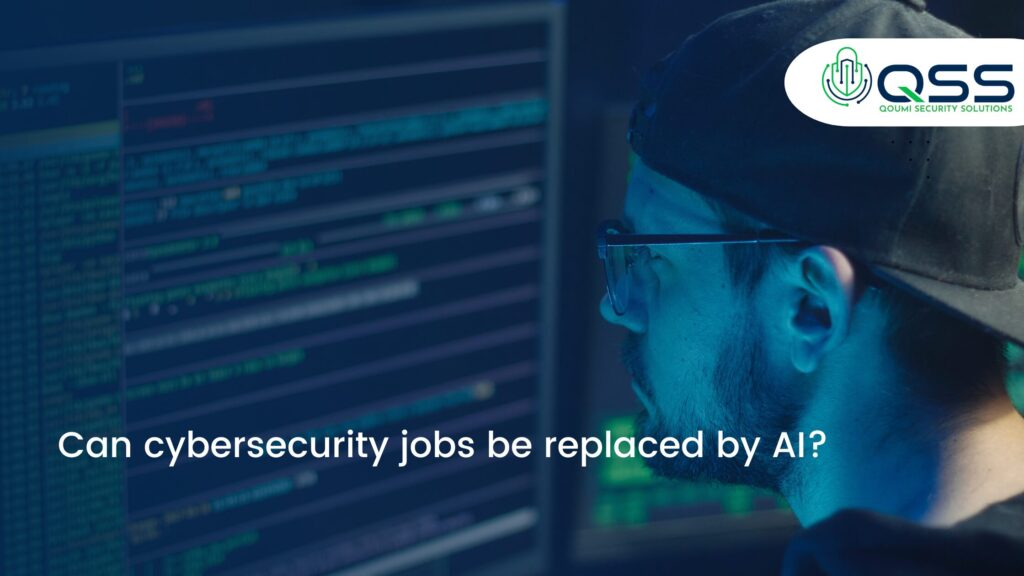
Can cybersecurity jobs be replaced by AI
Share Post :
The rapid advancements in artificial intelligence (AI) are transforming industries across the globe, including cybersecurity. AI has become a powerful tool for identifying, analyzing, and mitigating cyber threats. But this technological evolution raises a pressing question: can cybersecurity jobs be entirely replaced by AI? Let’s explore this in detail, examining the capabilities of AI, the irreplaceable role of human expertise, and the future of cybersecurity careers.
AI in Cybersecurity: A Game-Changer
AI’s integration into cybersecurity has significantly enhanced efficiency and effectiveness. It can process vast amounts of data, detect threats in real-time, and even predict potential vulnerabilities.
How AI Is Used in Cybersecurity
- Threat Detection:
- AI-driven tools analyze network traffic, system logs, and user behaviour to identify anomalies.
- Example: Detecting unusual login patterns that may indicate a brute-force attack.
- Incident Response:
- AI can automate responses to specific threats, such as isolating infected devices or blocking malicious IPs.
- Example: Using AI to shut down access points during a ransomware attack.
- Predictive Analytics:
- By analyzing past attacks, AI predicts future threats and vulnerabilities.
- Example: Identifying potential phishing email characteristics before they become widespread.
- Fraud Prevention:
- AI monitors financial transactions for irregularities, flagging potential fraud.
- Example: Detecting and blocking unauthorized credit card transactions in real-time.
Can AI Fully Replace Cybersecurity Jobs?
While AI is transforming cybersecurity, the idea that it can entirely replace human professionals is more complex. Here’s why:
- The Role of Human Judgment
AI excels at identifying patterns, but it lacks contextual understanding and the ability to think creatively. Cybersecurity often involves nuanced decision-making that requires human expertise.
- Example: A phishing email might evade AI detection by mimicking legitimate communications, but a trained human can spot subtle cues indicating fraud.
- Adaptability to Evolving Threats
Cybercriminals are constantly developing new methods to bypass security measures. While AI can learn and adapt, it relies on existing data. Humans are better equipped to anticipate and counter novel, unforeseen threats.
- Ethical and Legal Considerations
Cybersecurity often involves navigating complex ethical and legal landscapes. For example, determining the balance between user privacy and security is a task that requires human oversight and ethical reasoning.
- Social Engineering Attacks
AI struggles to address threats that exploit human psychology, such as social engineering. Combating these requires awareness training, empathy, and communication—skills unique to humans.
- Strategic Decision-Making
Cybersecurity professionals develop strategies, policies, and frameworks to enhance security. These tasks involve high-level planning, collaboration, and leadership, which AI cannot replicate.
The Future of Cybersecurity Careers: Collaboration, Not Replacement
Rather than replacing jobs, AI is reshaping them. Cybersecurity professionals will increasingly work alongside AI, leveraging its capabilities to enhance their efficiency.
How AI Is Complementing Cybersecurity Jobs
- Automating Repetitive Tasks:
- AI handles routine tasks like log analysis and malware scanning, allowing professionals to focus on complex problems.
- Enhancing Threat Intelligence:
- AI provides detailed threat insights, helping cybersecurity teams prioritize and respond to risks faster.
- Augmenting Skill Sets:
- Professionals trained in AI tools and technologies are better equipped to tackle modern cyber challenges.
Emerging Roles in Cybersecurity
As AI becomes a staple in cybersecurity, new career opportunities are emerging:
- AI Cybersecurity Specialist: Experts who design and manage AI-driven security systems.
- Threat Analyst: Professionals who interpret AI-generated data to uncover hidden risks.
- Ethical Hacker: Human hackers who test AI systems to identify vulnerabilities.
- Cybersecurity Strategist: Leaders who integrate AI into broader organizational security frameworks.
Conclusion: A Partnership Between AI and Humans
While AI is revolutionizing cybersecurity, it is unlikely to replace human professionals entirely. Instead, it will augment their capabilities, enabling them to address cyber threats more effectively. The future of cybersecurity lies in a collaborative partnership between AI and skilled professionals, where technology handles repetitive tasks, and humans focus on creativity, strategy, and ethical considerations.
For those considering a career in cybersecurity, the message is clear: AI is not a threat but a tool. By staying updated on AI technologies and continually honing your skills, you can remain indispensable in this dynamic and critical field.
Cybersecurity isn’t just about defense—it’s about innovation. And in the AI era, it’s humans who will continue to lead the charge.
Most Popular Post :
February 13, 2025
Popular Techniques and Approaches in Red TeamExercises
February 12, 2025
The Difference Between Red and Blue Team Tactics inBusiness Security
February 7, 2025
Why Running a Cyber Drill in 2025 is Essential: 5 Reasons
February 7, 2025
Tор 7 Security Chаllеngеѕ іn Clоud-Nаtіvе Infrastructure
Cybersecurity :
February 7, 2025
Tор 7 Security Chаllеngеѕ іn Clоud-Nаtіvе Infrastructure
February 6, 2025
A Guide to Strengthening Cybersecurity for Small Businesses
February 1, 2025
The Best Cybersecurity Approaches to Secure Your Ecommerce Platform
February 1, 2025
